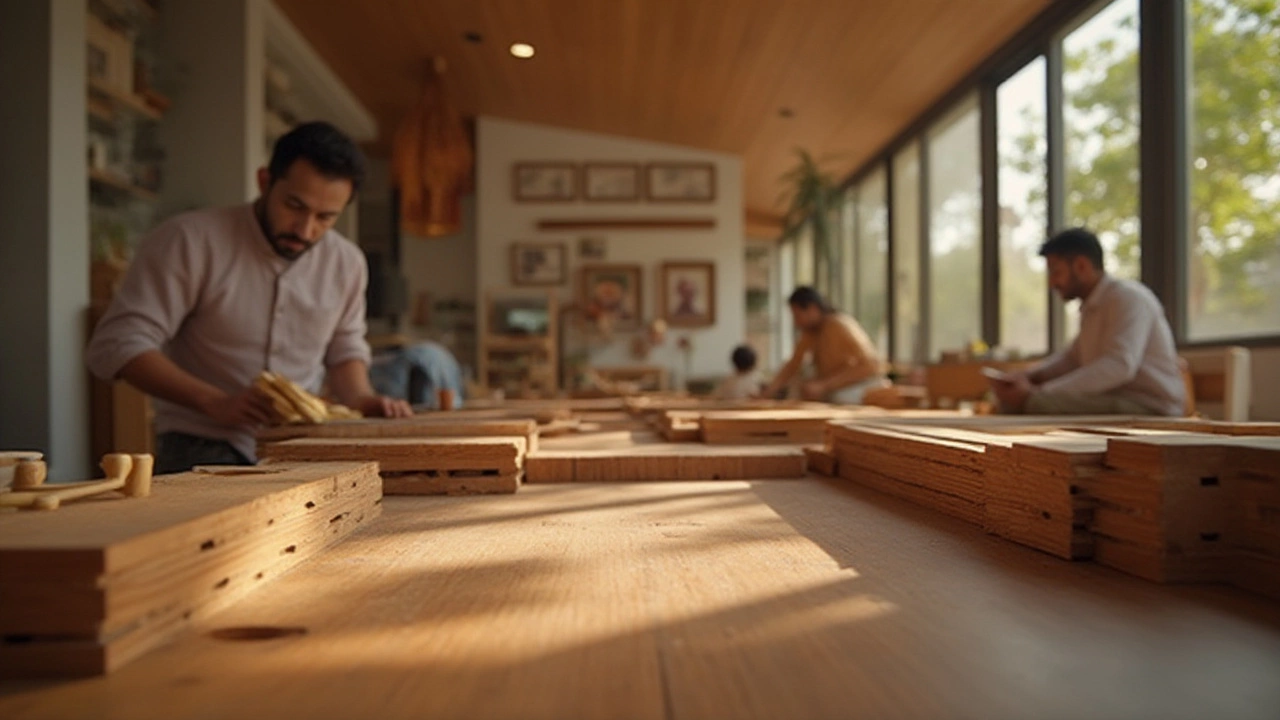Furniture Quality: Spotting Durable Pieces for Your Home
Ever bought a couch that looked great on day one and started sagging after a few months? That’s a sign you missed the quality cues. Knowing what makes furniture sturdy saves you cash and frustration. Below you’ll find easy ways to judge frame strength, fabric resilience, and finish longevity without needing a toolbox.
What Makes Furniture Quality Good?
First, check the frame. Solid hardwood, like oak or maple, offers the strongest support. If you see a lot of particle board or cheap plywood, expect wobbling sooner rather than later. Next, look at the joinery. Mortise‑and‑tenon or dowel joints are far more reliable than staples or glue‑only connections. A quick tap on the armrest or leg will tell you if anything rattles – that’s a red flag.
Upholstery matters too. The post “Sofas That Don’t Sag” points out that high‑density foam and spring‑back coils keep seats firm. Low‑grade foam will flatten after a few sittings, especially if the sofa gets heavy use. If you’re dealing with a fabric sofa, test the weave. Tight, even threads resist pulling and tearing.
Tips to Ensure Long‑Lasting Furniture
1. Match the use with the material. A coffee table that sits under a heavy TV needs a thick wood top – the guide on “How Thick Should Wood Be for a Coffee Table?” recommends at least 1.5 inches for durability. For outdoor pieces, choose weather‑resistant wicker or metal with a protective powder‑coat.
2. Protect high‑traffic spots. The article “Why People Cover Their Couches” explains that using a slipcover or a throw can shield the fabric from pets, spills, and sun. It also helps keep the color fresh, extending the life of the sofa.
3. Mind the finish. A glossy lacquer is beautiful but can chip easily if the surface gets scratched. Matte finishes or oil‑based stains hide minor scratches better. When you read “Ethan Allen High‑End Furniture” you’ll see that luxury brands often use multiple finish layers for extra protection.
4. Store properly. If you need to keep a piece in a storage unit, follow the advice from “Can Furniture Be Damaged in Storage?”. Keep the sofa upright, use breathable covers, and avoid leaning it against walls to prevent warping.
5. Test before you buy. Bring a small tool or your fingers and press on the seat cushion, leg, and arm. A firm, even feel means the internal structure is solid. Also, ask the salesperson about the warranty – a longer warranty often reflects confidence in quality.
By focusing on frame material, joinery, upholstery density, and protective habits, you can pick furniture that stays comfortable and looks good for years. Remember, a little extra effort now means fewer replacements later, and that’s better for both your wallet and the planet.
How to Identify High Quality Furniture: Expert Tips and Signs
Spotting high quality furniture is easier with these real-world tips. Learn about materials, craftsmanship, design, and red flags to avoid regret.





